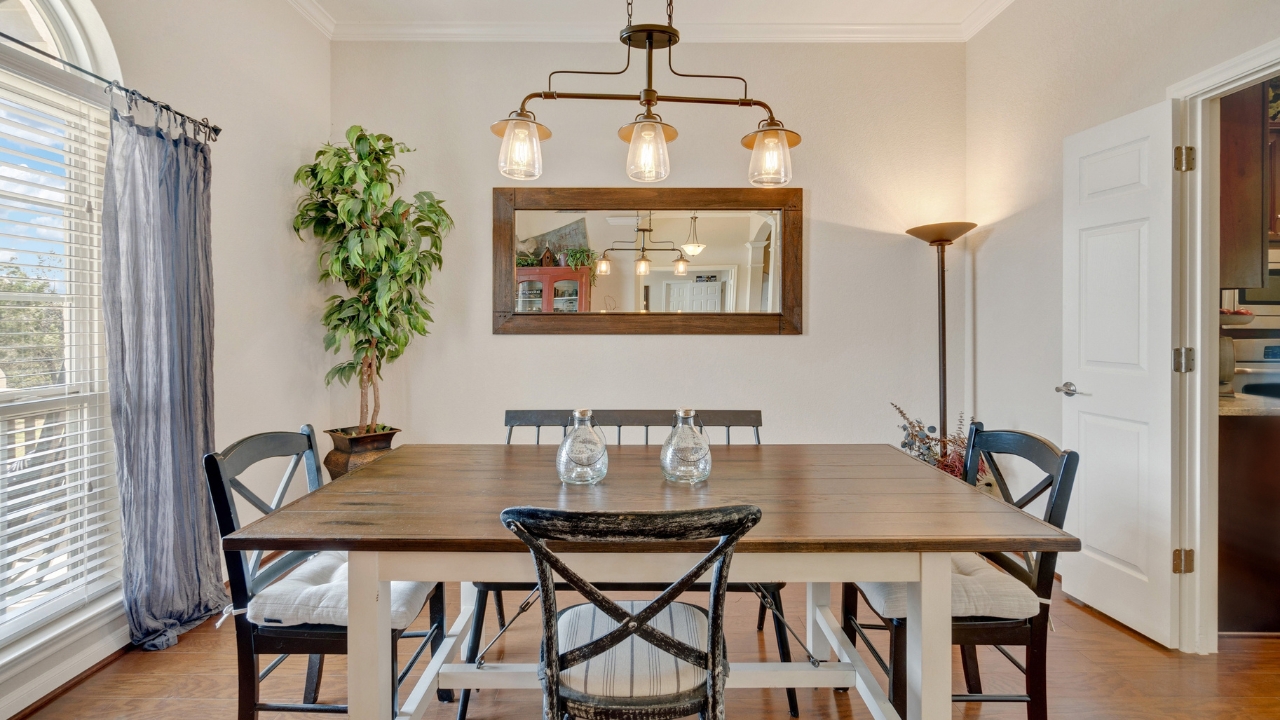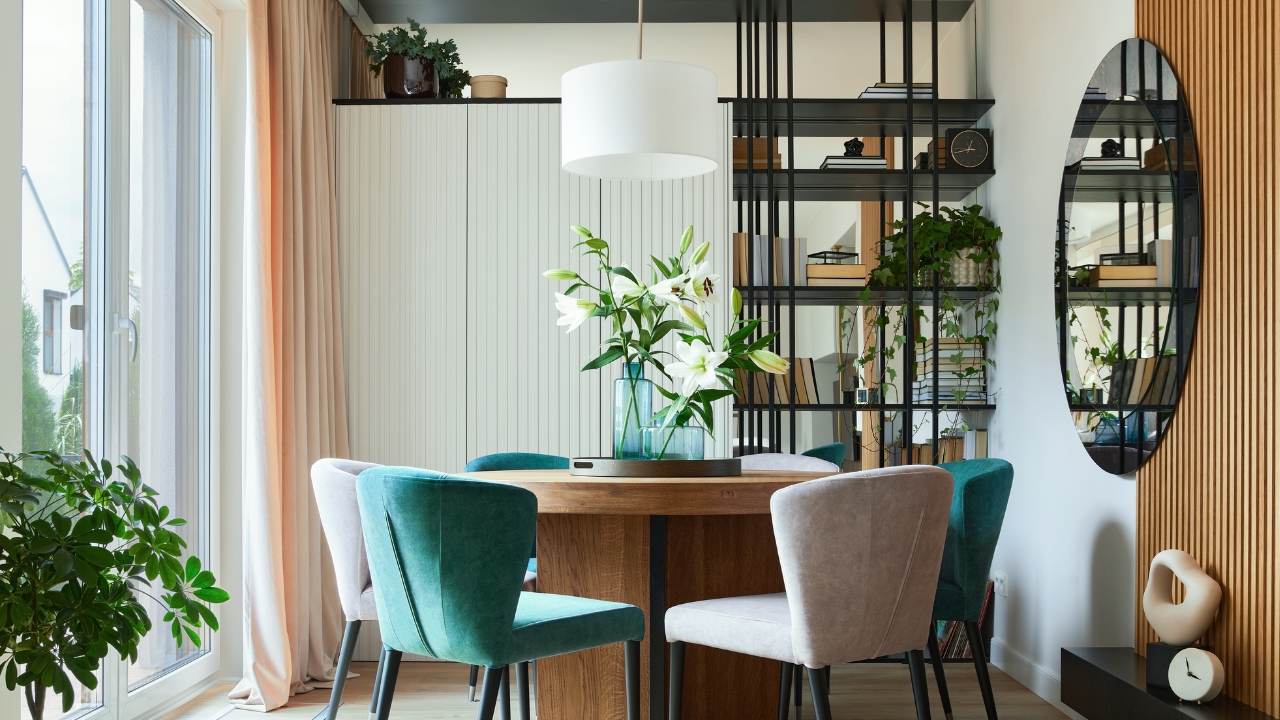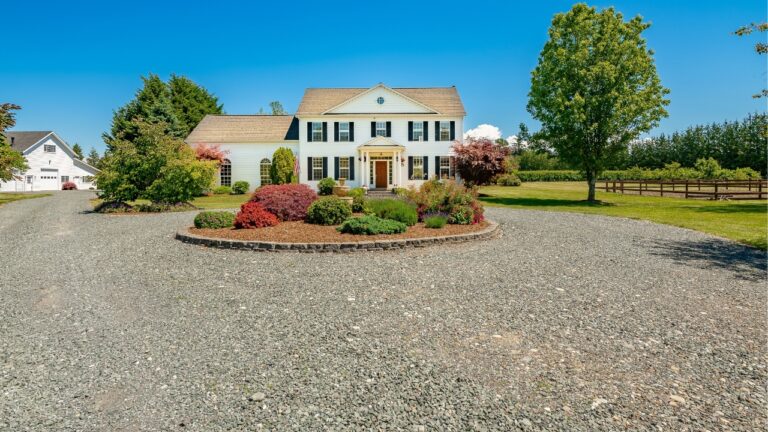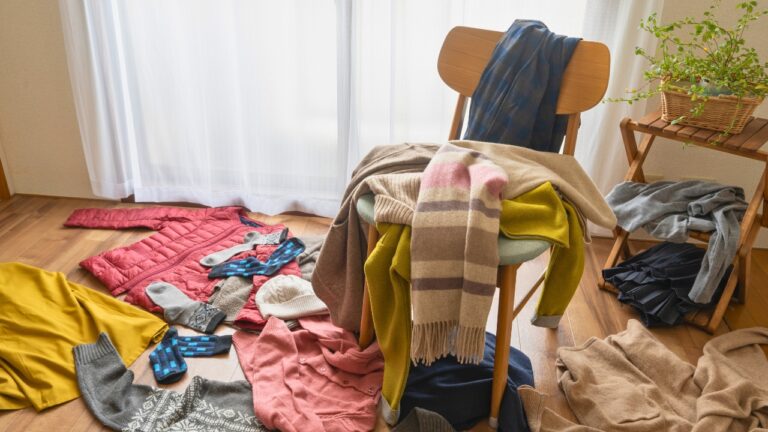What one mirror can do for a space that always feels a little off
Mirrors aren’t only for checking hair. They fix light, balance scale, anchor furniture, and create depth where walls close in. If a room always feels a little off—dim, cramped, or unbalanced—one good mirror in the right spot can straighten the whole thing out.
Use the mirror like a tool, not decoration, and it pays for itself every day.
Put light where you can’t add a window
Opposite or diagonal from a window is prime mirror real estate. You’re not aiming for a perfect reflection of the outdoors—just bounce. A tall mirror angled slightly up brightens the center of a room and evens out dark corners. In hallways, a mirror near the end keeps the tunnel from feeling like a cave.
Choose warm frames in dim rooms. They reflect light with more warmth than chrome.
Fix scale above consoles and mantels
If the wall art above your console looks tiny, a mirror with the right width grounds it. Aim for two-thirds to three-quarters the width of the furniture below. That ratio keeps the vignette from looking flimsy. On mantels, a mirror with a simple frame lets seasonal layers come and go without constant re-hanging.
Check the height—hang too high and you sever the group. Keep the bottom 6–8 inches above the surface.
Stretch a small dining room

A mirror on the longest wall doubles visual width and reflects light from a chandelier or window. Keep it simple so it supports the table, not competes with it. The room will feel like it breathes, and the table setting suddenly glows at night.
Watch what it reflects. You want light and calm, not the kitchen sink.
Create depth behind a sofa or bed
A large, low mirror behind a sofa adds depth in tight living rooms. Behind a bed, a mirror can act like a headboard in rentals or small rooms where a big headboard steals space. Flank with lamps to finish the composition. The reflection adds layers without adding objects.
Secure mirrors properly. Heavy pieces need anchors, not hopeful nails.
Add a full-length reality check where you dress
Bedrooms feel more functional with one full-length mirror placed where you actually stand to get dressed—often behind a door or next to a closet. Angle it slightly toward light so you’re not checking outfits in gloom. When the room supports what you do there, the whole space reads more “finished.”
If you can’t hang, lean—but add anti-tip brackets. Safety first.
Use mirrors as “windows” in interior rooms

Powder rooms and interior offices come alive with a mirror that mimics a window shape. An arch or a grid-frame mirror tricks the eye into reading architectural detail. Pair it with a sconce and you’ve built fake daylight without a contractor.
Keep frames slim so it feels built-in, not tacked on.
Avoid the two big mistakes
Mirrors that reflect clutter make rooms busier. Clear the view or angle the mirror away. And don’t cross mirrors so they reflect each other; it creates a funhouse effect that never feels calm. One big mirror is almost always better than three small ones scattered.
Before you hang, tape paper at the size on the wall and live with it for a day.
A mirror can brighten, balance, and stretch a room that never quite lands. Place it for light, scale it to the furniture, check the reflection, and treat it like architecture. The space will finally feel right—because you gave it the missing window.
Like Fix It Homestead’s content? Be sure to follow us.
Here’s more from us:
8 upgrades that look like you spent thousands (but didn’t)
9 small changes that instantly make a house feel high-end
*This article was developed with AI-powered tools and has been carefully reviewed by our editors.







